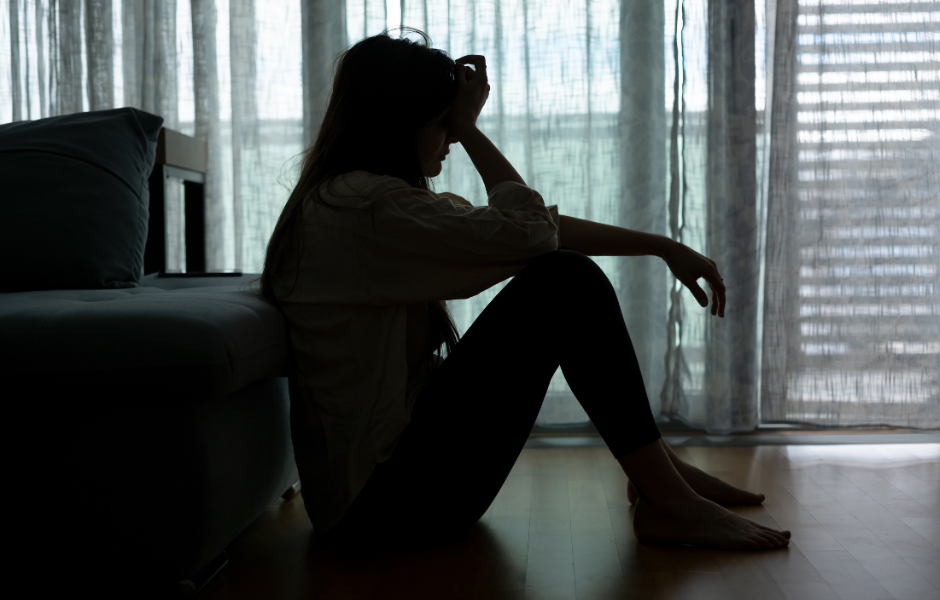Worry is a normal part of the human experience. It’s often considered a negative emotion, but at times it can be one of positivity, motivating us to take action and solve problems.
Anxiety, on the other hand, is when worry spirals and causes extreme overwhelm. When it gets out of control it can have a negative impact, hindering everyday life.
By understanding the difference, you’re taking the first step to regaining control.
So, What Is the Difference?
Normal worry is an emotion that is temporary and usually situation-specific. For example, you might worry about something you said, replaying the conversation over in your mind, but before long those thoughts will pass.
Problematic anxiety is persistent, extreme, and often irrational. Those thoughts become part of your daily life, a long-term condition that disrupts daily functioning. This leads to avoidance behaviours, physical symptoms and, ultimately, the inability to enjoy life.
What Are the Symptoms of Anxiety?
Worrying is often a feeling of unease and you may find yourself concerned about a certain situation or dilemma.
But when this turns into excessive worry and anxiety, the symptoms can affect our mind, body and even the way we act. This might be:
- Feeling tired or irritable
- Having trouble sleeping
- Unable to concentrate
- Being physically shaky, trembly, dizzy or sweating
- Headaches, tummy aches and upsets, muscle pains
- Dry mouth
- Feeling short of breath
- Thinking something bad will happen
- Worrying about the past or the future
You might also find yourself avoiding certain things or people to stop you from being triggered by the anxiety.
While avoidance offers short-term relief, in the long run, the anxiety will probably return the next time you’re in the same situation. Therefore, all that the avoidance does is reinforce the fear.
Over time, you might find yourself withdrawing from your friends and family. Going to work or certain places might feel impossible, too. Many individuals find ways to hide their anxiety, making it hard for people around them to notice the true impact it’s having on their lives.
What Are the Different Types of Anxiety Disorder?
There are several forms of anxiety, including:
- Generalised Anxiety Disorder – excessive worry most of the time
- Social Anxiety Disorder – fear and/or discomfort of social situations
- Panic disorder – regular and unexpected panic attacks
- Obsessive-Compulsive Disorder (OCD) – recurring impulsive thoughts and/or the urge to perform certain routines repeatedly
- Post-Traumatic Stress Disorder (PTSD) – anxiety after an extremely stressful/frightening situation
- Phobias – an extreme fear of specific things such as feelings, objects, places or situations
We’re Here to Support You
Anxiety can feel very isolating, especially if you think others around you won’t understand what you’re going through.
But here at Path To True Wellbeing, we do.
We help you to cope with your anxiety and, in time, learn to overcome it. Our carefully selected compassionate therapists and coaches offer empathetic and affordable support.
They understand deeply the struggles you may be facing and are here to help you reclaim control so you can live the life you deserve without the barriers of worry and anxiety.
To book a session with one of the Path to True Wellbeing coaches or therapists, click here and simply fill in the form.

